Once upon a time in the late 16th century, a man named Oda Nobunaga stepped onto the stage of history, spearheading the unification of Japan with his groundbreaking strategies and unprecedented methods.
A pioneer in utilizing firearms in battle, Nobunaga carved his name as a revolutionary leader.
Beyond the realms of history, this charismatic commander finds renewed fame in the world of anime and manga.
Nobunaga’s life, leadership, and the tumultuous Sengoku era, offer a rich canvas for imaginative storytelling and reinterpretations.
Childhood and Family Background
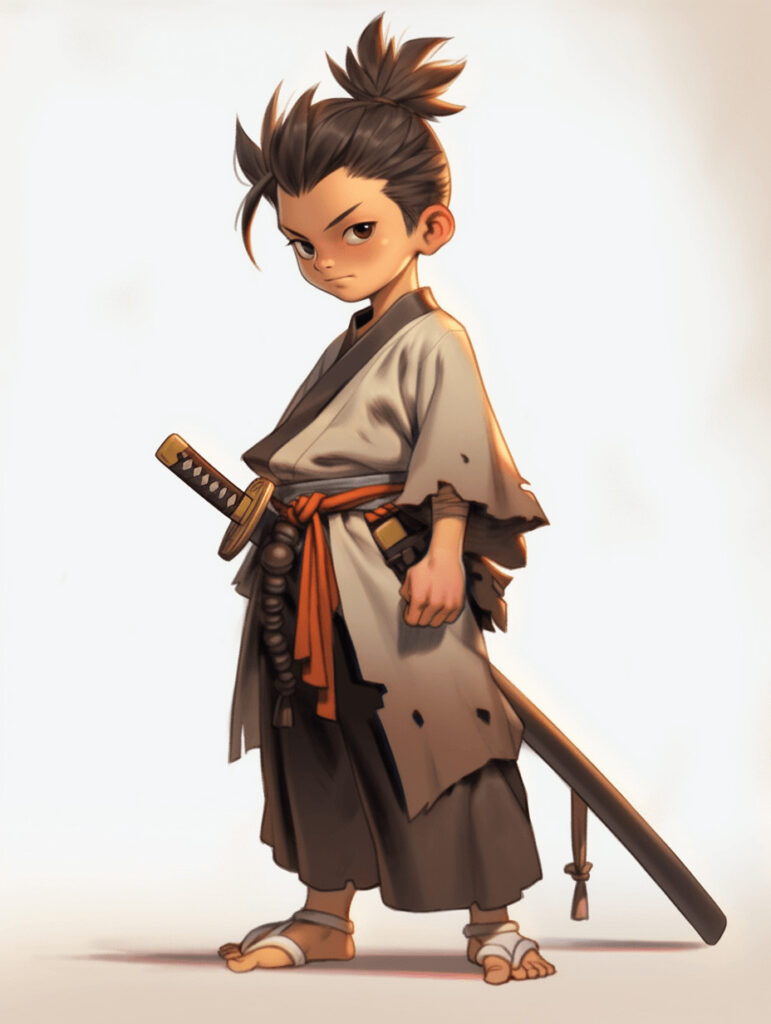
Oda Nobunaga was born in 1534 in what is now Aichi Prefecture, Japan.
His father was Oda Nobuhide, a local warlord.
When Nobunaga was born, Japan was in a chaotic period known as the Warring States period, where regional warlords across the country were fighting for territorial expansion.
Detailed records about Nobunaga’s childhood are limited, but it’s well known that he was a character with a unique personality.
His actions were often unpredictable, which led him to be called “Owari no Outsuke” or the “Great Fool of Owari”. However, Nobunaga was also a brilliant leader, and his ambition and drive paved the way for his future success.
Moreover, he lost his father at a young age, and after inheriting the family headship, he experienced power struggles with his vassals and surrounding warlords.
These experiences are believed to have shaped Nobunaga’s leadership.
These early experiences played a significant role in shaping Nobunaga as he grew up and pursued his dream of unifying Japan.
Early Career and Achievements
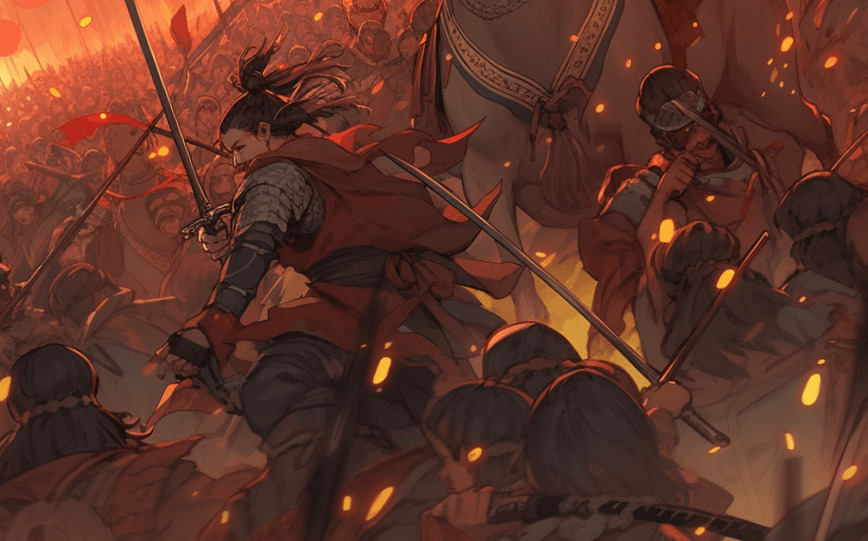
The Battle of Okehazama was a major conflict that occurred during the Sengoku period in Japan, primarily fought between Oda Nobunaga and Imagawa Yoshimoto.
This battle was a significant turning point that led to recognition of Nobunaga’s military prowess, and served as the initial catalyst for his power expansion.
On May 19, 1560, Oda Nobunaga challenged Imagawa Yoshimoto at Okehazama.
Despite being greatly outnumbered by Yoshimoto’s forces, Nobunaga achieved a decisive victory by employing unconventional tactics and defeating Yoshimoto.
This strategic success despite numerical inferiority brought Nobunaga’s abilities to widespread attention.
Following this battle, Oda Nobunaga’s name became known nationwide, and the path towards his unification of Japan was opened.
The Battle of Okehazama was a significant event that greatly changed the history of the Sengoku period in Japan, and it was this battle that ensured Oda Nobunaga’s name would be remembered in posterity.
Weapons and Tactics

Part of Nobunaga’s tactics stemmed from his military innovations.
He organized the first large-scale rifle corps in Japan and developed tactics for the effective use of these new weapons.
The tactics, including volley fire and continuous shooting (the three-stage firing), significantly altered traditional combat formations.
His tactics in the Battle of Nagashino best exemplified this strategic approach.
In this battle, Nobunaga faced the mighty forces of Takeda Katsuyori, who primarily relied on cavalry.
Nobunaga made masterful use of 3,000 rifles. These rifle units employed the three-stage firing tactic, enabling continuous shooting by firing in unison.
This effectively neutralized the cavalry charges and established a dominant position in the battle.
The success of this tactic demonstrated how well Nobunaga understood the tactical potential of firearms.
Moreover, this marked a turning point in the Sengoku period warfare in Japan, moving away from traditional combat formations.
Thereafter, firearms became an indispensable weapon in Japanese tactics, and led to the decline in the prominence of cavalry forces.
Social and Cultural Impact
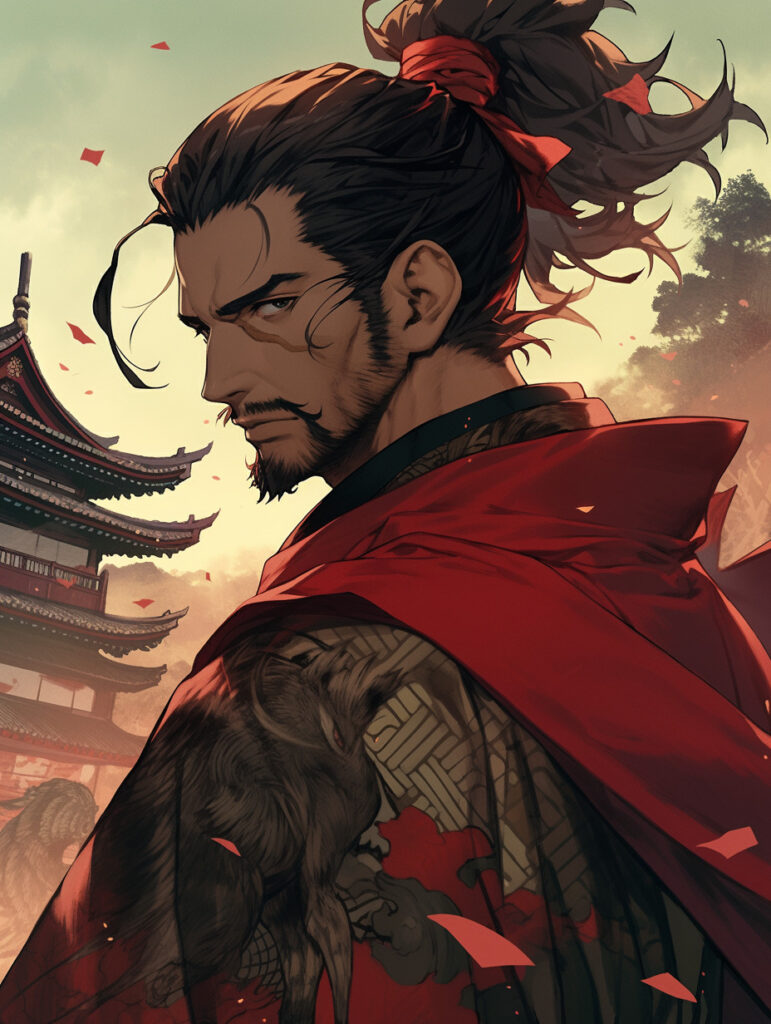
Oda Nobunaga exerted a significant influence not only militarily but also on society and culture during the Sengoku period in Japan.
- Economic liberalization and invigoration of commercial activities: Nobunaga promoted the liberalization of the economy and opened up markets within his territories.
This facilitated the activities of merchants and artisans, invigorating the local economy. In particular, the economy thrived greatly in Nagoya in Owari and Kyoto, his home base. - Promotion of tea ceremony: Nobunaga was also known as a patron of culture, particularly contributing to the development of the tea ceremony.
He was a tea practitioner himself and protected tea masters, including Sen no Rikyu. - Response to religion: In terms of religion, Nobunaga’s policies were multifaceted, with him tolerating Christianity while repressing the Ikko-ikki (rebellions by followers of the Jodo Shinshu sect).
His tolerant attitude toward Christianity facilitated interaction with the West and influenced the social structure of Japan. - Castle architecture: In the field of architecture, Nobunaga left groundbreaking achievements. He established the concept of a castle with a “tenshukaku” (main keep), creating the image of Japanese castles we have today.
Azuchi Castle is a prime example, with its magnificent and luxurious main keep.
These are just a few examples of how Oda Nobunaga, as a strategist, economist, and cultural figure, had a profound impact on Japanese society and culture.
His legacy continues to this day.
End and Legacy

However, Nobunaga’s ambition ended suddenly in 1582 with the Honnoji Incident caused by Akechi Mitsuhide.
He lost his life in this incident, but his ideals and ambitions were inherited by his successors, Toyotomi Hideyoshi and Tokugawa Ieyasu.
They achieved the unification of the entire Japan and continued many of the reforms that Nobunaga had started.
A Legend Reborn in Anime

Anime, both in series and film format, has cast Nobunaga in diverse roles.
Some anime, such as “Nobunaga the Fool” and “Nobunaga Concerto”, serve up dramatic retellings of Nobunaga’s life, paying homage to the historical narrative with a dash of time-traveling spice.
Others morph the real-life warlord into fantastical forms, sometimes bestowing him with supernatural powers or recasting him as a different gender or species.
For instance, “Sengoku Collection” portrays Nobunaga as a girl, while “Drifters” sees him join forces with other historical figures in an alternative universe.
In essence, Nobunaga’s enduring allure resonates within the anime realm, his tale spawning countless creative interpretations.
For anime aficionados, these reimaginations offer captivating content, simultaneously casting a spotlight on an influential era of Japanese history.
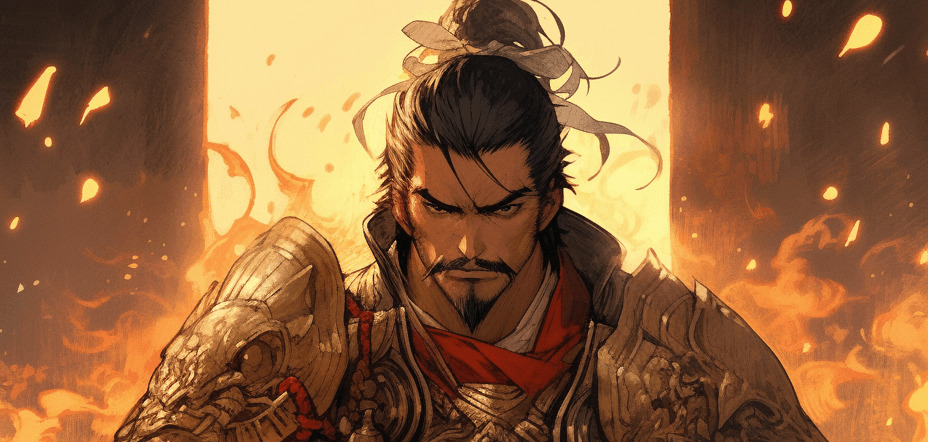

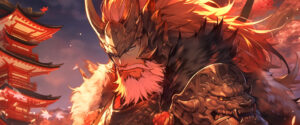
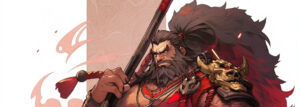
Comments